You are here
Back to topChina To Help Australian Citrus Exports Reach Record Levels in 2024/25
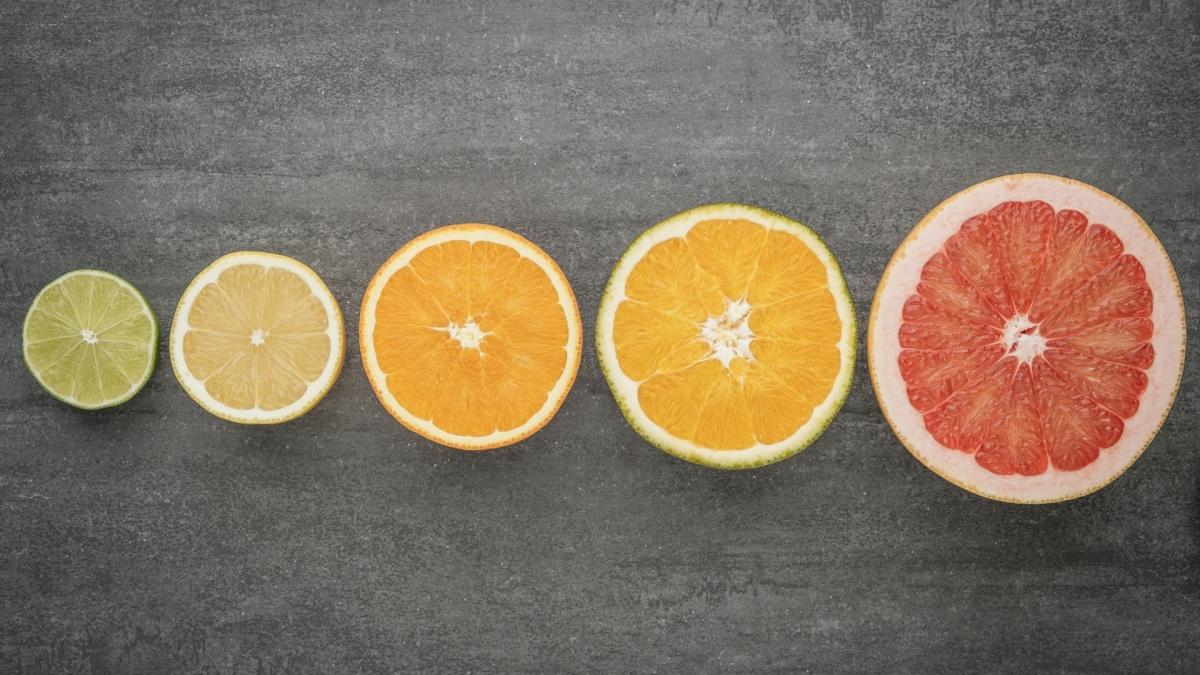
According to the Australia: Citrus Annual report recently released by the U.S. Department of Agriculture’s Foreign Agricultural Service, early-season growing conditions for the Australian citrus crop have been very favorable and growers anticipate improvements in both yields and quality in marketing year 2024/25. Orange production is forecast to increase by 5% to 545,000 metric tons, the highest in two decades. Tangerine/mandarin production is also projected to reach a record-breaking 225,000 metric tons. Meanwhile, orange export volume is expected to reach 190,000 metric tons, the third-highest output on record, and tangerine/mandarin exports are anticipated to hit a record 105,000 metric tons.
Oranges
Australia’s orange production is forecast to increase from 520,000 metric tons in 2023/24 to 545,000 metric tons in 2024/25, reaching the highest production levels in two decades. This expected growth in production is attributable to favorable early-season growing conditions in major orange-growing regions. Overall, expectations for both quantity and quality this season remain optimistic.
In 2024/25, Australia’s orange export volume is projected to reach 190,000 metric tons, an increase of 10,000 metric tons from the estimated volume for the previous season. If achieved, this would mark a return to the historical highs of 181,000–198,000 metric tons recorded between the 2016/17 and 2019/20 seasons, when growing conditions were more favorable compared with recent high-rainfall seasons.
Australia exports oranges to over 40 countries, with its key Asian markets of Japan, China (including Hong Kong) and South Korea accounting for around 60% of total exports. China was Australia’s largest market in the 2023/24 season, accounting for 22% of Australian orange exports. Industry sources note that Chinese consumers favor large, high-quality oranges.
Before 2023/24, Australia experienced three consecutive years of above-average rainfall that negatively affected both quality and yield. With output returning to normal levels in 2023/24 and further improvements in fruit size and quality in 2024/25, exports to China are expected to increase. Between the 2016/17 and 2018/19 seasons, Australia’s orange exports to China ranged between 50,000 and 60,000 metric tons, accounting for 28% to 35% of total exports.
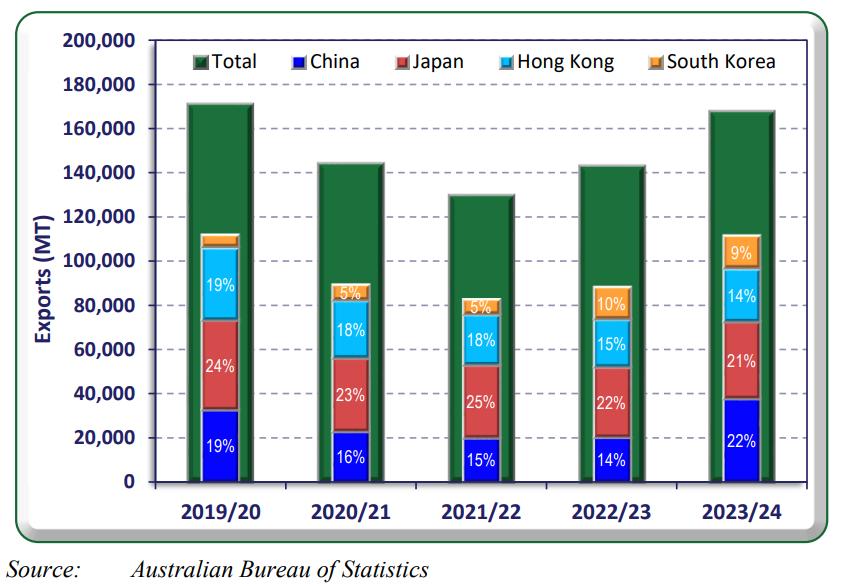
Brazil has long been Australia’s primary orange juice supplier, typically accounting for over 80% of imports in recent years. However, after severe drought in Brazil significantly disrupted supply in the 2022/23 season, China and Austria emerged as new suppliers, with China’s share of Australia’s orange juice imports reaching 41%.
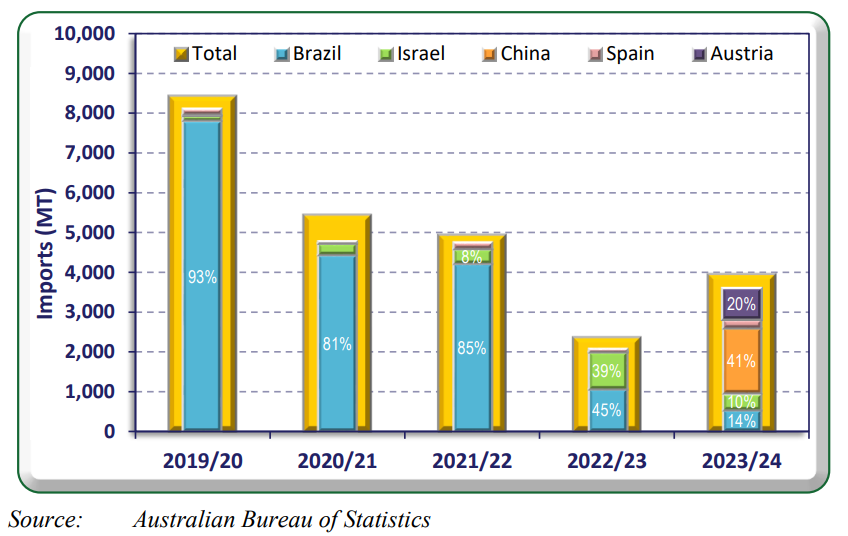
Mandarins/Tangerines
Owing to increasing acreage and a focus on seedless varieties, mandarin production in Australia continues to grow at a faster rate than navel orange production. Over the past decade, the planted area for mandarins has expanded by 64%, and many new trees are expected to soon begin bearing fruit. Australia’s mandarin production in 2024/25 is forecast to reach a record 225,000 metric tons, a 7% increase over the previous season.
With continuous expansion of mandarin cultivation areas, mandarin exports in the 2024/25 season are expected to reach a record 105,000 metric tons. In recent years, China and Thailand have been the primary export destinations for Australian mandarins. Exports to Indonesia showed rapid growth during the 2023/24 season, bringing its market share closer to those of China and Thailand. Vietnam and the Philippines are also important markets, accounting for 7–10% of total mandarin exports in recent years.
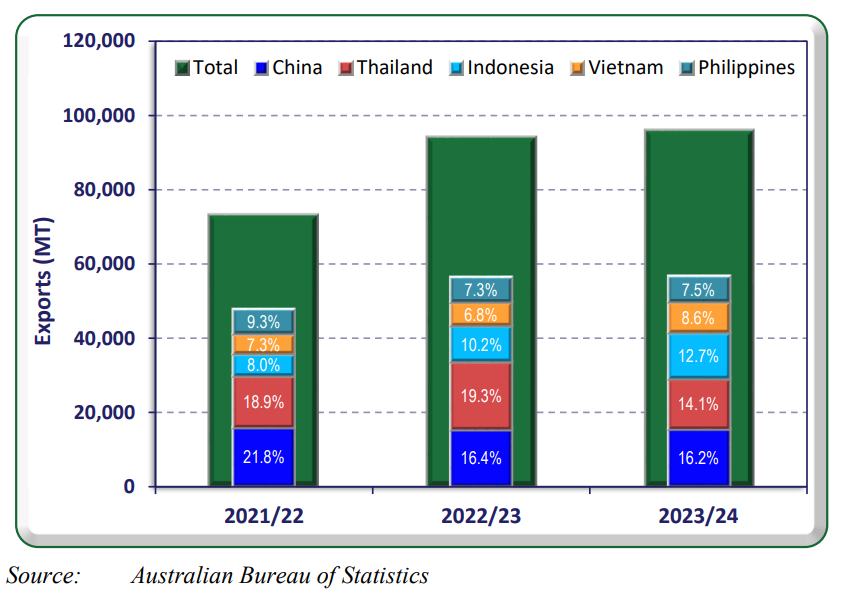
Images: Unsplash (main image), U.S. Department of Agriculture (body images)
This article was translated from Chinese. Read the original article.



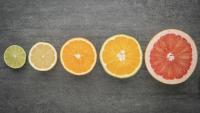
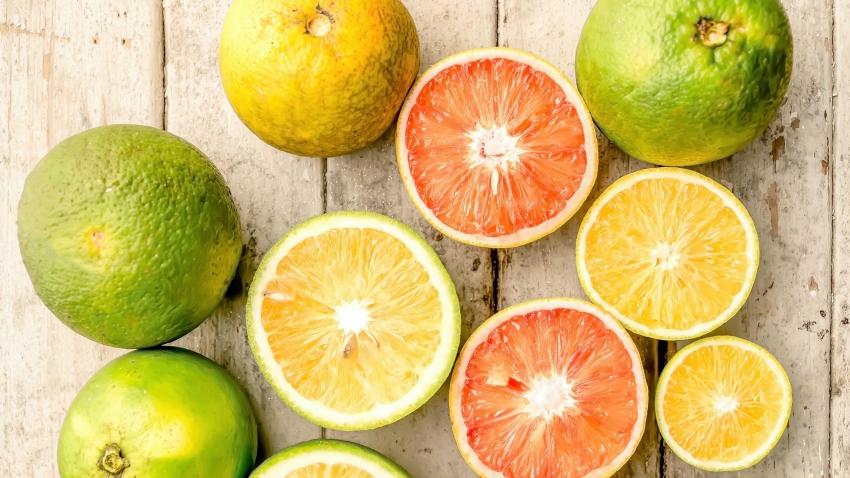
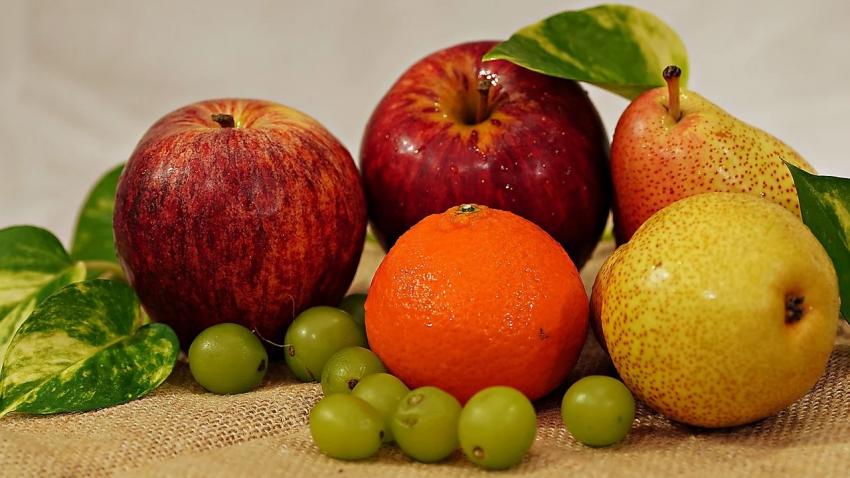
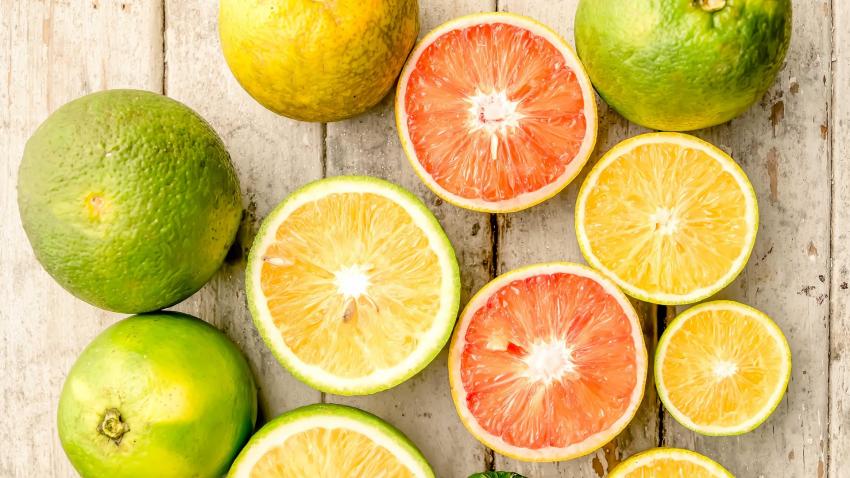

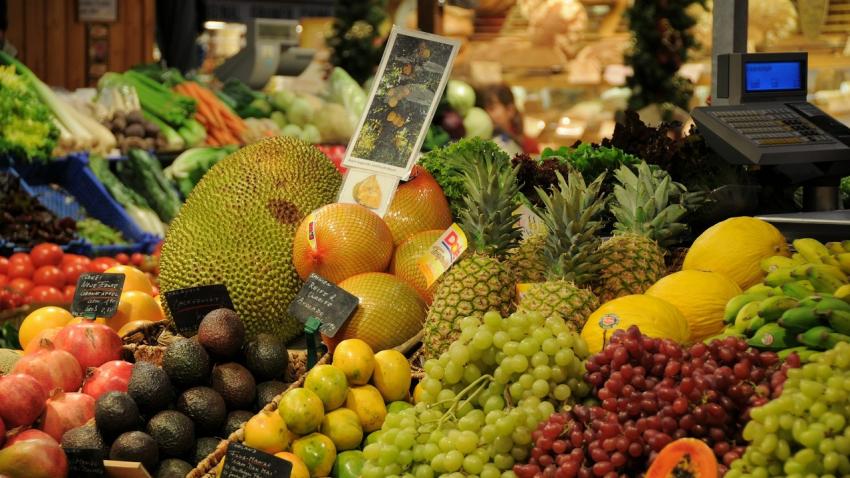
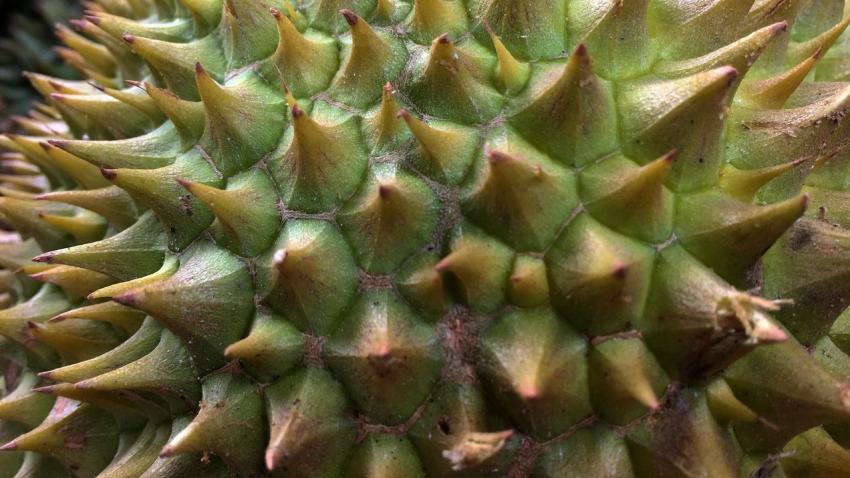




Add new comment